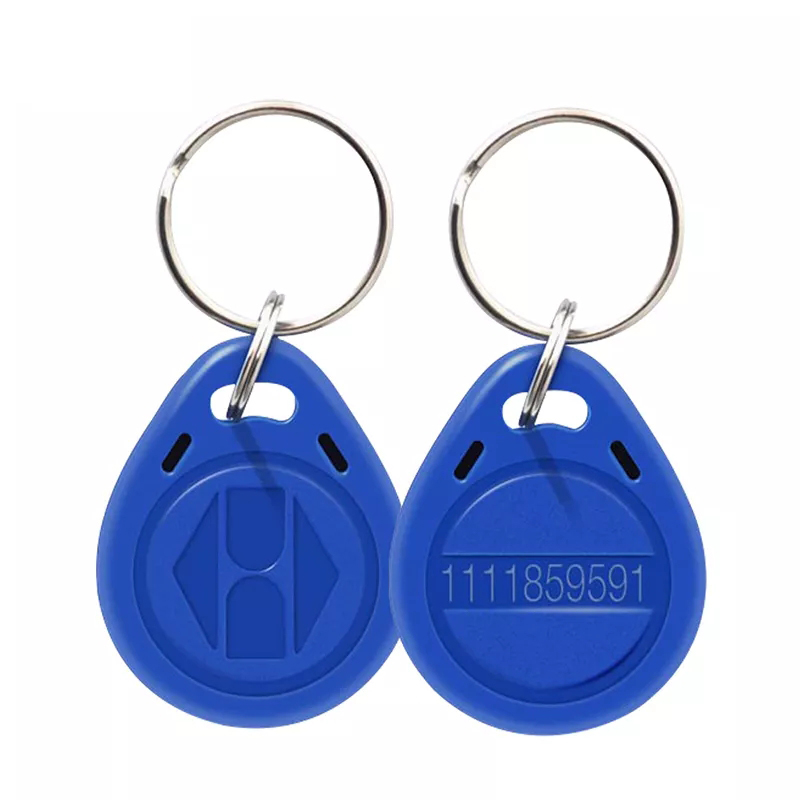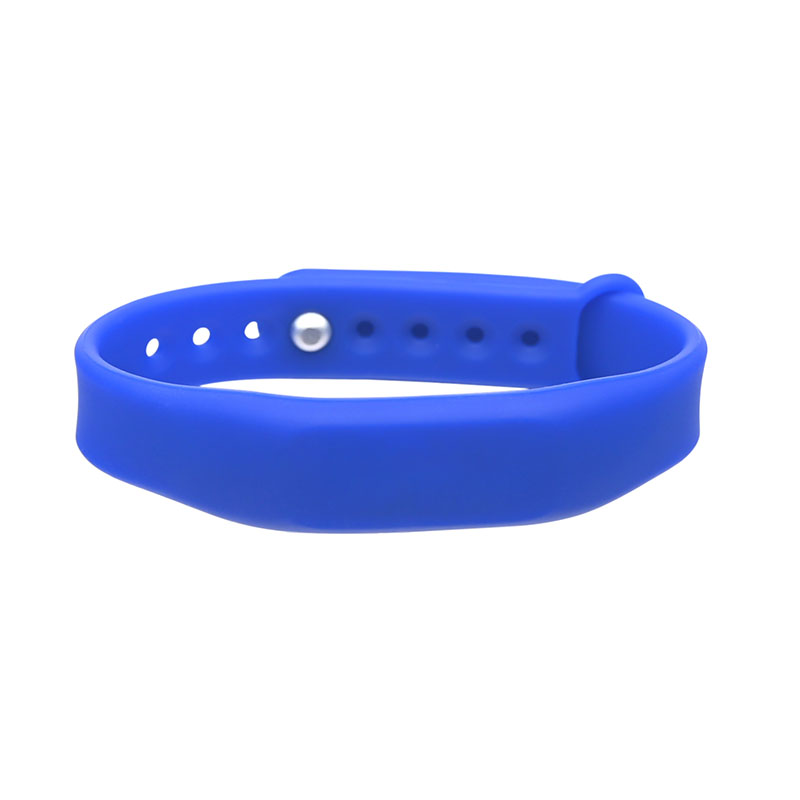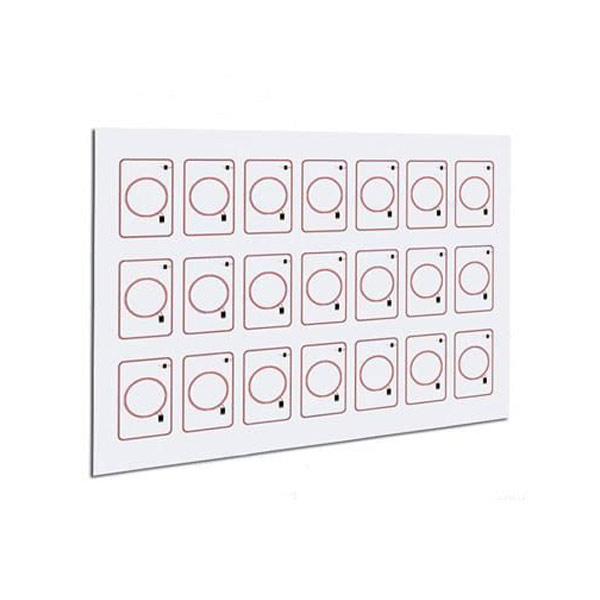
Introduction: The Evolution of Building Access Control
In today's fast-paced world, building security must be both efficient and reliable. Traditional methods like physical keys and keypad Access no longer meet the demands of modern commercial buildings, offices, schools, and residential complexes. They are often inconvenient, prone to loss, and easy to breach.
This is where RFID (Radio Frequency Identification) technology steps in. RFID-enabled Access Control systems offer a contactless, scalable, and secure solution that revolutionizes how people enter and move within a building. In this blog, we’ll explore how RFID is transforming building Access and why it’s becoming the new industry standard.
RFID, or Radio Frequency Identification, is a wireless technology that uses electromagnetic fields to automatically identify and track tags attached to objects — in this case, Access cards, key fobs, or mobile phones.
An RFID Access Control system typically consists of:
RFID Reader: Installed at entry points (doors, gates, elevators).
RFID Tag/Card: Carried by the user (employee badge, smart card, wristband).
Access Control Panel/Software: Manages user permissions, logs Access events.
There are three common RFID frequency bands used in Access Control:
LF (Low Frequency): 125 kHz, short range, cost-effective.
HF (High Frequency): 13.56 MHz, supports encryption and secure data (used in MIFARE/NFC cards).
UHF (Ultra High Frequency): 860-960 MHz, used in vehicle Access and long-range gates.
RFID tags can be passive (powered by the reader) or active (battery-powered), depending on the application.
Key Advantages of RFID in Building Access Systems
1. Contactless Convenience
RFID Access Control allows users to unlock doors simply by waving or tapping a card, wristband, or mobile device near a reader — without physical contact. This is faster and more hygienic than traditional methods such as keys or keypads. Especially in high-traffic environments or post-COVID workplaces, contactless systems reduce surface contamination, increase efficiency during rush hours, and improve user satisfaction. With mobile RFID options (via NFC or BLE), Access can even be granted through smartphones, eliminating the need for physical cards altogether.
2. Enhanced Security
RFID systems offer a significant upgrade in security compared to traditional locks or basic keycards. Advanced RFID cards, such as MIFARE DESFire, include encryption and mutual authentication, making them extremely difficult to clone or hack. Access rights can be tailored by time, location, or user role, allowing fine-grained Control over who can go where and when. Lost or stolen cards can be instantly deactivated remotely, reducing the risk of unauthorized Access. For added security, RFID can be combined with PIN codes or biometric verification.
3. Seamless System Integration
One of RFID’s strongest benefits is its ability to integrate seamlessly with other building management systems. It can be connected to CCTV surveillance for synchronized event logs, elevators for floor-specific Access, fire alarm systems for emergency unlocks, and time-attendance platforms for workforce tracking. This level of interoperability creates a centralized, unified security infrastructure, enabling automation, real-time monitoring, and streamlined administration across departments and locations — all from a single platform.
4. Real-Time Monitoring and Data Logging
Every time a user Accesses a door, the RFID system logs the event in real time. Administrators can generate detailed reports on entry times, Access frequency, and unauthorized attempts. This not only improves operational oversight but also supports regulatory compliance, forensic investigations, and employee performance tracking. Some systems even offer mobile alerts or visual dashboards for instant decision-making. Access patterns can reveal insights into building usage, peak hours, or unusual activity.
5. Scalability and Flexibility
RFID systems are designed for scalability, making them suitable for everything from small offices to large, multi-building campuses. New users, zones, or doors can be added with minimal hardware changes. Administrators can assign Access rights remotely via software, streamlining user onboarding. Whether managing a startup office or a multinational facility, RFID systems grow with your business needs. They can also support temporary passes for contractors, visitors, or event attendees without issuing permanent credentials.
Real-World Applications and Case Studies
Corporate Offices
A leading tech company implemented RFID cards to manage over 800 employees across three office towers. With zone-specific Access and cloud-based reporting, HR and security teams now collaborate efficiently. They also use cards for cafeteria payments and attendance tracking.
Educational Institutions
A university campus introduced RFID student cards to manage entry to dorms, libraries, and computer labs. Students use a single card for identity, payments, and Access Control, enhancing safety and reducing administrative burden for campus staff.
Residential Buildings
RFID key fobs provide tenants with secure, contactless Access to entrances, mailrooms, elevators, and parking garages. Lost cards are disabled via mobile app, and the system supports temporary codes for guests or delivery personnel.
Industrial Facilities
In a manufacturing plant, RFID badges are used to Control entry to hazardous zones and secure storage rooms. Integration with time-tracking software ensures compliance with labor regulations and allows for emergency roll-call reporting.
RFID vs. Other Access Technologies
Technology | Security | Convenience | Cost | Best Fit |
Physical Keys | Low | Low | Low | Small businesses |
Keypads | Medium | Medium | Low | Common areas |
IC Cards | Medium | Medium | Medium | Office use |
RFID Cards | High | High | Medium | Modern buildings |
Biometrics | High | Low–Medium | High | High-security zones |
RFID strikes the best balance between security, user experience, and affordability, making it ideal for scalable deployment.
How to Choose the Right RFID Access Control Solution
When selecting an RFID solution, consider the following:
Building Type & Size: Different RFID systems suit offices, apartments, schools, or factories.
User Volume: Choose scalable platforms if managing hundreds or thousands of users.
Card Type & Format: MIFARE, DESFire, NFC – each has different levels of encryption and compatibility.
Software Features: Look for features like remote Access, reporting, emergency lockdown, and API integration.
Vendor Support: Partner with a provider offering installation, training, and local support.
As an expert RFID supplier, we help businesses design customized Access Control solutions tailored to their needs and budget.
Future Trends: RFID + AI + IoT in Smart Buildings
RFID is now evolving beyond Access cards. Future-ready systems combine:
Facial recognition + RFID for dual authentication
IoT sensors to detect occupancy and automate lighting/HVAC
Mobile-based RFID (via NFC or BLE) for phone-as-Access-card convenience
Cloud-based dashboards for multi-site Access management
Smart buildings are embracing AI-powered analytics and automation, and RFID is a central piece in this transformation.
Conclusion: Why RFID is the Future of Access Control
RFID Access Control offers a compelling combination of security, convenience, and adaptability. As organizations demand smarter ways to manage Access, RFID provides a proven solution that integrates with other systems, scales effortlessly, and delivers real-time intelligence. Whether you’re securing a school, an office, or a residential tower, RFID helps you reduce risk, enhance user experience, and future-proof your infrastructure. With mobile-ready features and cloud-based platforms, RFID is not only the present — it's the future of smart building Access Control.
Why Choose Us?
Established in 2010 – Over a decade of RFID experience
Full customization – RFID cards, wristbands, key fobs, and smart devices
High quality – ISO-compliant materials (ISO 14443, ISO 15693)
Secure solutions – Encrypted protocols and data protection
Flexible scalability – From startups to enterprise-level projects
Contact us today to learn how we can help streamline your inventory management with reliable, smart RFID solutions.





